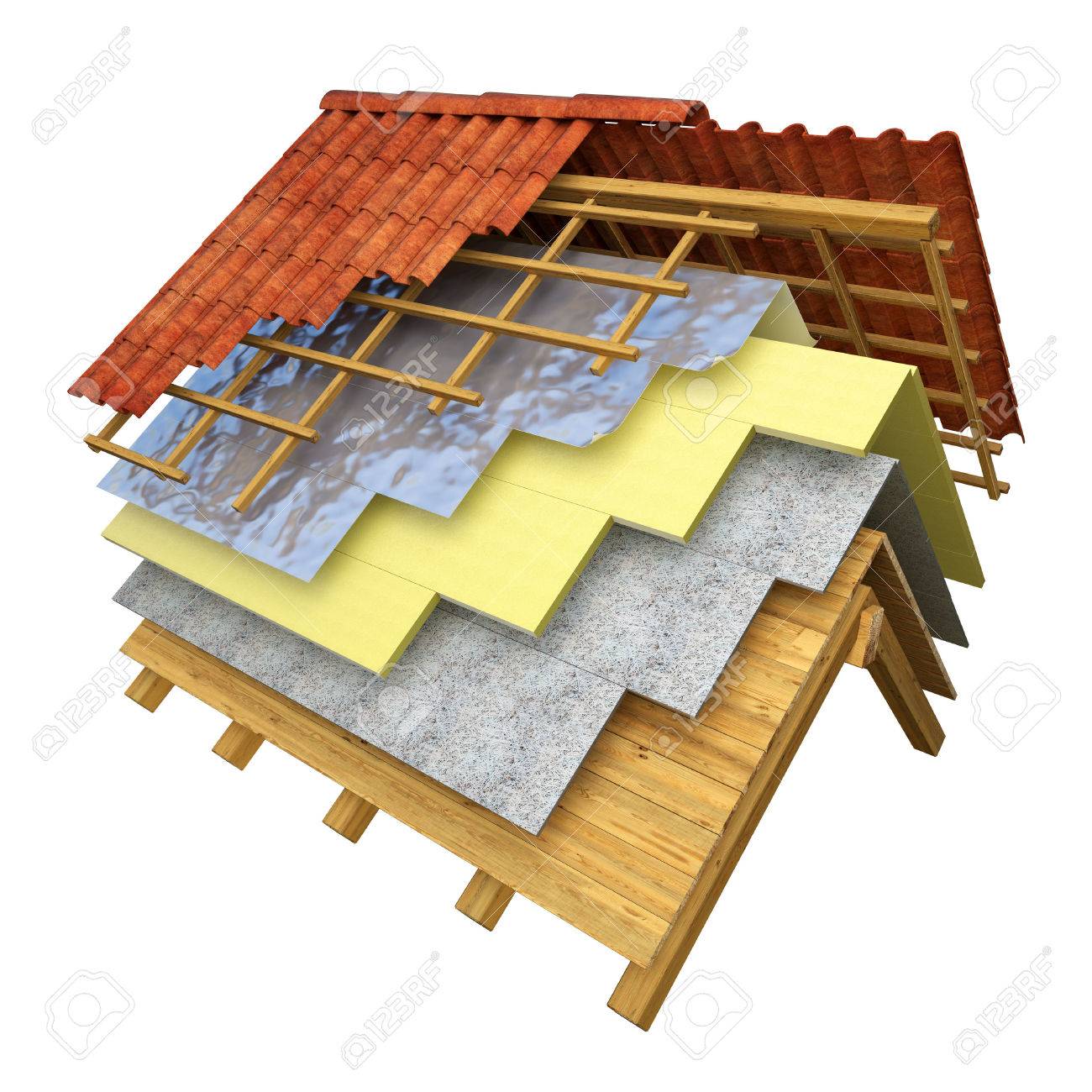The Impact of Energy-Efficient Roof Coatings on Sustainability and Savings

Introduction to Energy-Saving Roof Coatings
In our quest for sustainability, energy-efficient roofing emerges as a pivotal player. Among the myriad of options, SmartSeal energy-efficient roof coatings stand out Roof coatings. These coatings shine in their ability to reflect sunlight and release heat, thus diminishing the heat your roof absorbs. This innovation doesn’t just cool down your building; it also eases the burden on air conditioners, curtails greenhouse gas emissions, and even extends the life of your roofing materials by mitigating their wear from heat. Moreover, they play a crucial role in combating the urban heat island effect, leading to cooler cities and potential Financial incentives through reduced air conditioning expenses.
Key Advantages of Reflective Roof Coatings
Solar Reflectance and Cooling
A key element in energy-efficient roofing is solar reflectance. This metric quantifies a roof’s ability to reflect sunlight, which directly influences its temperature. Materials with high solar reflectance, such as white or specially treated “cool” colored materials, keep the roof surface significantly cooler, translating into energy savings and enhanced indoor comfort.
Cost-Effective Cool Roofing
Energy-efficient cool roofing Solutions are both accessible and affordable. Contrary to the assumption that green technology comes at a premium, these coatings are competitively priced, making them a smart choice for both new installations and retrofitting existing roofs.
Choosing the Right Coating
Selecting a roof coating with a high solar reflectance is crucial for maximizing energy savings. These coatings are especially beneficial in reducing cooling costs during the warmer months, offering a comfortable indoor climate without the hefty energy bill.
Color Matters
The color of your roof is pivotal in its energy consumption efficiency. Innovations in roofing materials mean that both light and “cool colored” options can significantly increase a roof’s energy efficiency without sacrificing style.
The Role of White and Cool Colored Products
White roofing products are at the forefront of energy-efficient solutions, thanks to their superior sunlight reflection capabilities. Similarly, “cool colored” materials have evolved with technology, allowing darker roofs to reflect near-infrared radiation and stay cooler than traditional dark roofs. These advancements offer a broad spectrum of eco-friendly roofing options that don’t compromise aesthetic preferences for energy efficiency.
Tailoring to Roof Types
Different buildings have different roofing needs, and the market responds with a diverse array of coating options. From steep roofs to flat surfaces, there’s an energy-saving solution for every architectural style, ensuring performance and sustainability.
Steep Roofs
For roofs with a pitch greater than 2:12, options include cool asphalt shingles and wood shakes designed to reflect more sunlight. Polymer shingles also offer enhanced solar reflectance with their factory-applied colors, combining efficiency with aesthetic appeal.
Clay and Concrete Tiles
Finding an energy-efficient coating for clay and concrete tiles is straightforward, with options ranging from natural finishes to those imbued with light or cool-colored pigments.
Metal Roofing
Metal roofs coated with reflective paints not only cool down your building but also add to its visual appeal, outperforming their unpainted counterparts in controlling temperatures.
Best Practices for Low-Sloped Roofs
Low-sloped roofs benefit greatly from energy-efficient practices. Solutions include the use of light or cool-colored pigments and single-ply membranes to enhance sunlight reflection, leading to cooler interiors and noticeable energy savings. Another strategy involves updating traditional built-up roofs with modifications that Boost their reflective capabilities.
In embracing energy-efficient roof coatings, we’re not just investing in immediate benefits like reduced cooling costs and increased comfort. We’re also contributing to a larger movement towards sustainability, combating urban heat islands, and opening up the possibility for financial incentives. Whether you’re retrofitting an existing building or choosing materials for a new project, the selection of the right roof coating is a decision that pays dividends in both the short and long term.